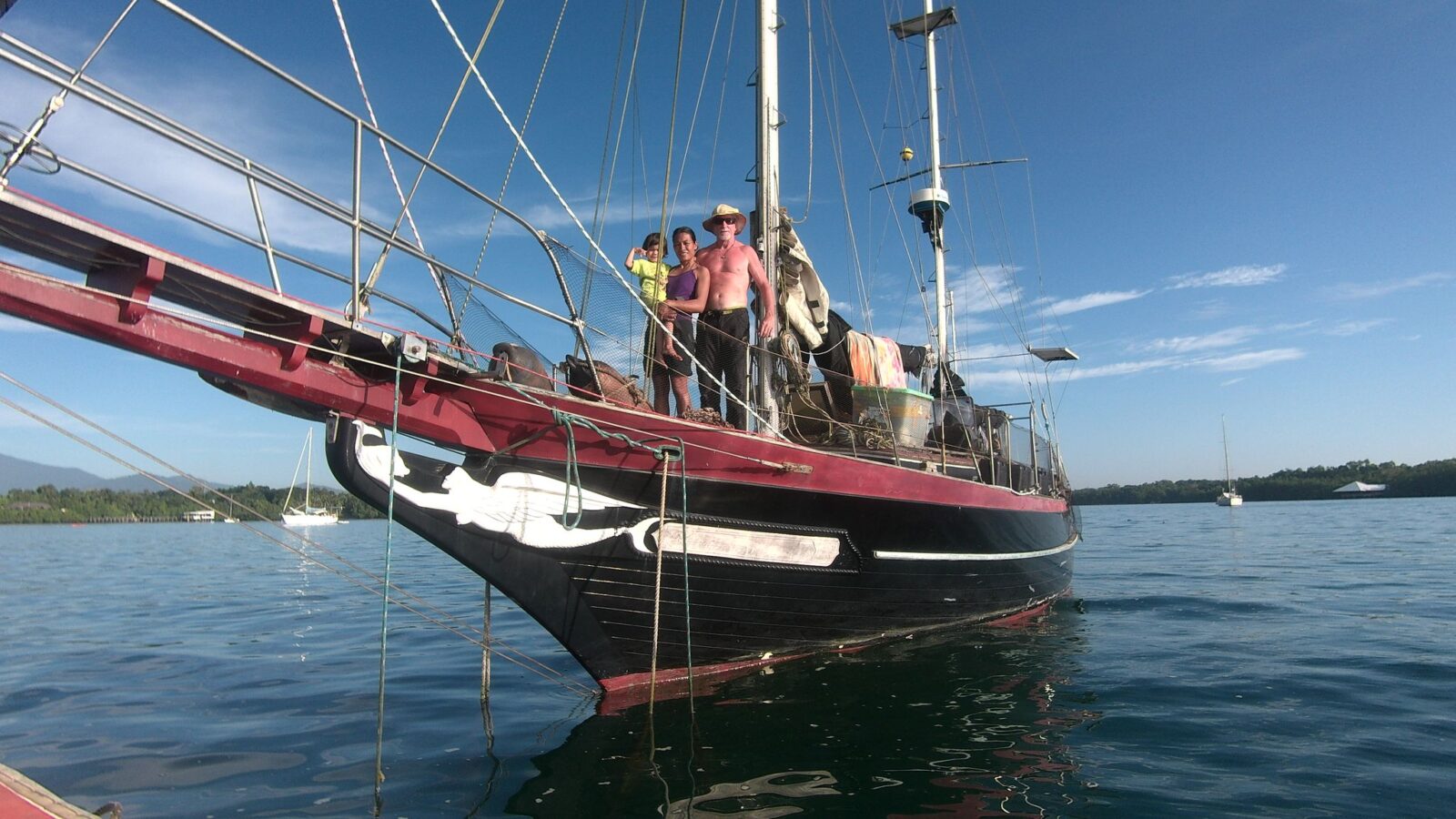
Get Stronger By Doing Nothing For 5 Minutes A Day
It’s easy to train but it’s also easy to over-train. No matter how much you climb, you just can’t seem to get better. Or you have a nagging injury. Or you can’t concentrate and flub beta. Or you’re just plain scared. If this is you, then you need to change what you’re doing.
Get full access to Outside Learn, our online education hub featuring in-depth fitness, nutrition, and adventure courses and more than 2,000 instructional videos when you sign up for Outside+ Sign up for Outside+ today.
There are only two ways to get stronger: training and resting.
With ready access to gyms, crags and boulders, it’s easy to train but it’s also easy to over-train. You get psyched, don’t rest enough and get hurt. No matter how much you climb, you just can’t seem to get better. Or you have a nagging injury. Or you can’t concentrate and flub beta. Or you’re just plain scared. If this is you, then it may be you don’t need to change what you’re doing. It could be you need stop doing and learn how to rest and recover.
The exercise I’ve outlined below is called savasana, the corpse pose. If you practice this posture for 5 minutes everyday for a few weeks, you will see changes in your climbing—you’ll boost your recovery between training sessions and get it back more efficiently on the fly and be able to turn off your busy mind and focus—and perhaps even receive a fortune from a lost aunt in Nigeria.
Don’t believe that this resting exercise will improve your climbing and change your life in only 5 minutes a day? Try it for one month and get back to me. If it doesn’t work please address all complaints to:
Lord Patanjali, 108 Moksha Ave. Swarga Loka, Paradise 81623
But it’s gonna work. And here’s why:
Scientific studies on the effects of savasana (and other similar meditations) have shown that regular practice calms the mind, relieves stress, cures mild depression, relaxes the body, reduces the occurrence of headaches, relieves fatigue, cures insomnia, lowers blood pressure, boosts your immune system, regulates your adrenal glands, improves coordination, reaction time, memory, and even IQ scores, and lowers breathing and heart rates. Millions of people worldwide have been doing savasana for thousands of years just because it feels so damn good. The anecdotal evidence of its efficacy is overwhelming.
For climbers, the physical and mental benefits of focused resting and meditation should be obvious.
Here’s how you do it
- Get out your smart phone and make a recording of yourself reading the sequence below.
- Set your timer for five minutes.
- Lie on your back, hit play and close your eyes.
- Get up and kick some ass.
- (It’s also fine to practice sitting “savasana.” Do it right now as you read this.)
The Sitting Savasana Sequence
Relax your feet and hands. Drop and let go of any tension in your arms and legs. Let the arms and legs be heavy. Relax your hips. Let go of any holding and tension in the muscles that parallel the spine. Relax the belly. Let the internal organs become liquid and pool in the abdomen. Let the chest broaden and relax the physical organ of the heart. Relax the throat and all the organs of speech—the jaw, the lips, the tongue, even the teeth and gums.Relax the back of the neck. Melt the scalp across the crown of the head, down the sides of the skull. Let the skin of the forehead drop toward the chin and allow the front brain to relax. With the body settled, heavy and completely relaxed, also rest the mind. Take a break from remembering, planning, dreaming—and rest the mind in the present moment.
- Follow the instructions: Don’t just listen to your voice reading the words. Try to do what you’re telling yourself to do (and don’t get hung up on the fact that some of the things you’re asking of yourself are impossible). Can you really melt your scalp down the sides of your skull or rest your heart muscle? I don’t think so. But trying to follow these instructions will facilitate changes in your autonomic systems that result in deep relaxation.
- Posture: Begin by sitting on the floor with your legs bent. Lean back on your elbows and roll down. Extend your legs one at a time. Let your feet fall out to the sides. The feet should be wider than hip-width. Let your arms rest on the floor angled slightly out from the body. Hands rest palm up.
- To come out: Roll to your right side. Rest with your head on the floor for a couple of breaths. Open your eyes. Come to a seated position. Let the head hang forward. With an inhalation, raise the head and say: Aum shri maha gana pataya namaha—a chant to Ganesha, the elephant god—or not.
- Mind: For many people it’s freaky to lie down and be still like this, even for five minutes. Our minds are so over-stimulated and busy and stressed that they rebel at shutting off. You might feel anxious at first in savasana. But after a few sessions you’ll get used to it. Note: Your mind will inevitably wander away from the practice of deep resting and you’ll find yourself thinking about work, sex, food, climbing—not necessarily
in that order. The principal challenge of savasana is noticing that you’re thinking. It’s actually a very good thing if you notice when your mind has wandered because most people will lie there for five minutes and just daydream. Daydreaming is not savasana and it won’t help your climbing. So when you notice that you’re thinking, simply return to letting go, dropping, relaxing, over and over again. Don’t judge yourself for thinking. Noticing and returning to savasana is actually the tofu and potatoes of the practice. When you believe you’ve completely surrendered and are resting as deeply as you can, go deeper. Don’t stop letting go until you become like a dry leaf resting on the surface of a trail. - Bring it to the crag: Regular practice of savasana will help you develop the ability to notice and instantly drop tension. Any rest—even a shake or outbreath—can be savasana.
Insomnia/Headache/Fatigue
If at times you want to deepen your experience of savasana try using these props. This setup is also recommended for treating insomnia, headache and deep fatigue.
- Elevate the head: Fold a blanket so that it’s two inches thick. Rest the head on the folded blanket. Be sure the blanket fully supports the head and neck. One edge of the blanket should extend all the way to the shoulders (but not under the shoulders)
- Bind the eyes: Take an ACE bandage and wrap the eyes. The next best thing is to use an eye pillow.
- Stay warm: Your body temperature will drop in savasana. If you’re not dressed warmly, you won’t be able to fully let go and relax. Prepare by putting on a jacket or even draping a blanket or sleeping bag across your legs and torso.
- Practice for longer: Do savasana for 10 minutes and double the efficacy. Longer is better but remember, you’re not doing savasana if you’re snoring. You might be taking a nice nap, however, and there’s nothing wrong with that.
Debilitating stress is rampant in today’s fast-paced world. Savasana is not a miracle cure but it can help revitalize the nervous system and improve your capacity for dealing with life’s many challenges and stressors, as well as improving your climbing. This TNB goes out to Dave Pegg who recently asked me about ways to deal with his insomnia. I’d also like to mention Trip Lucas, Brian McCray and Scott Harris—all climbers who have crossed over
in the last four months. You will be missed, my friends.

























Recent Comments